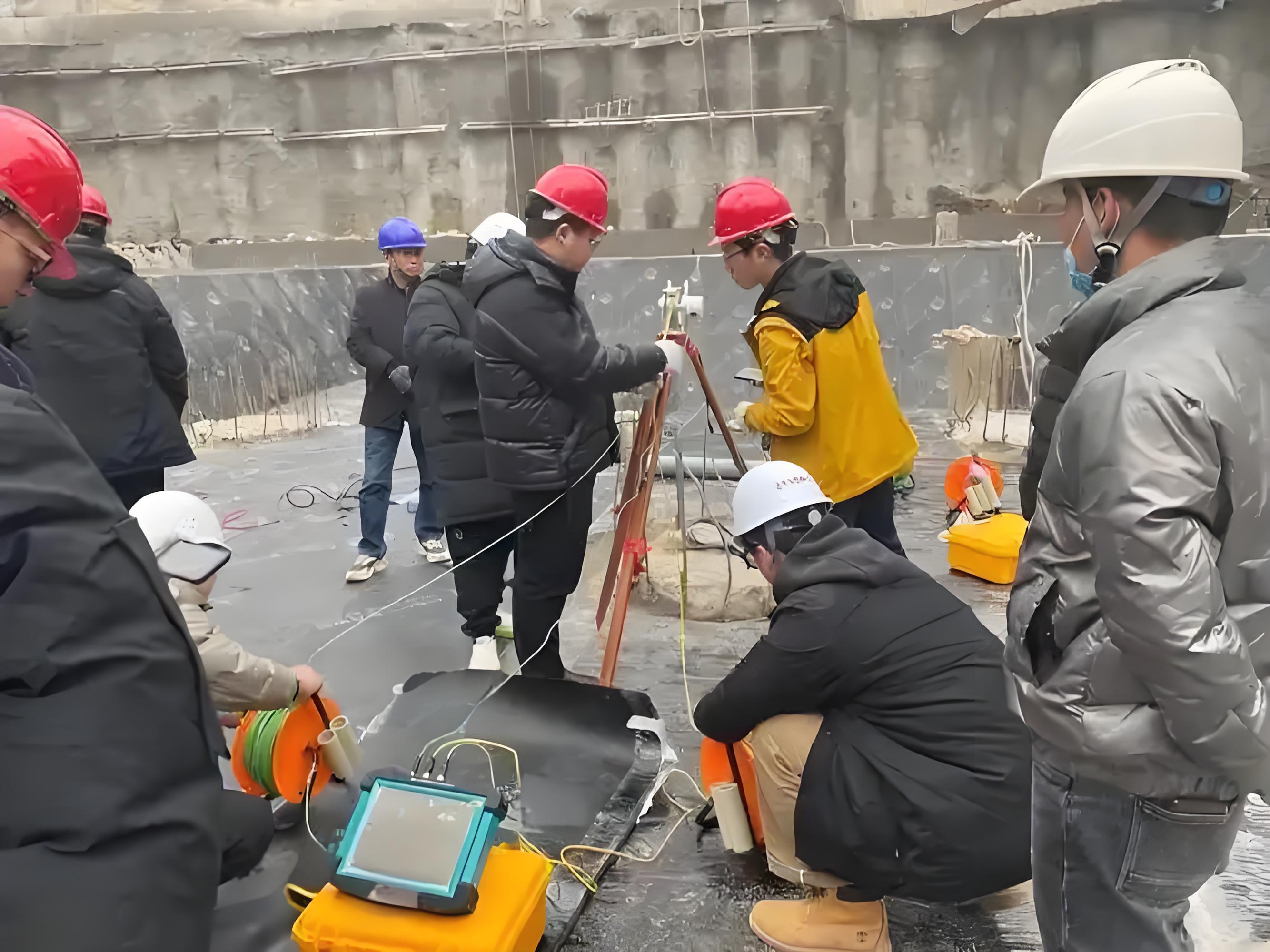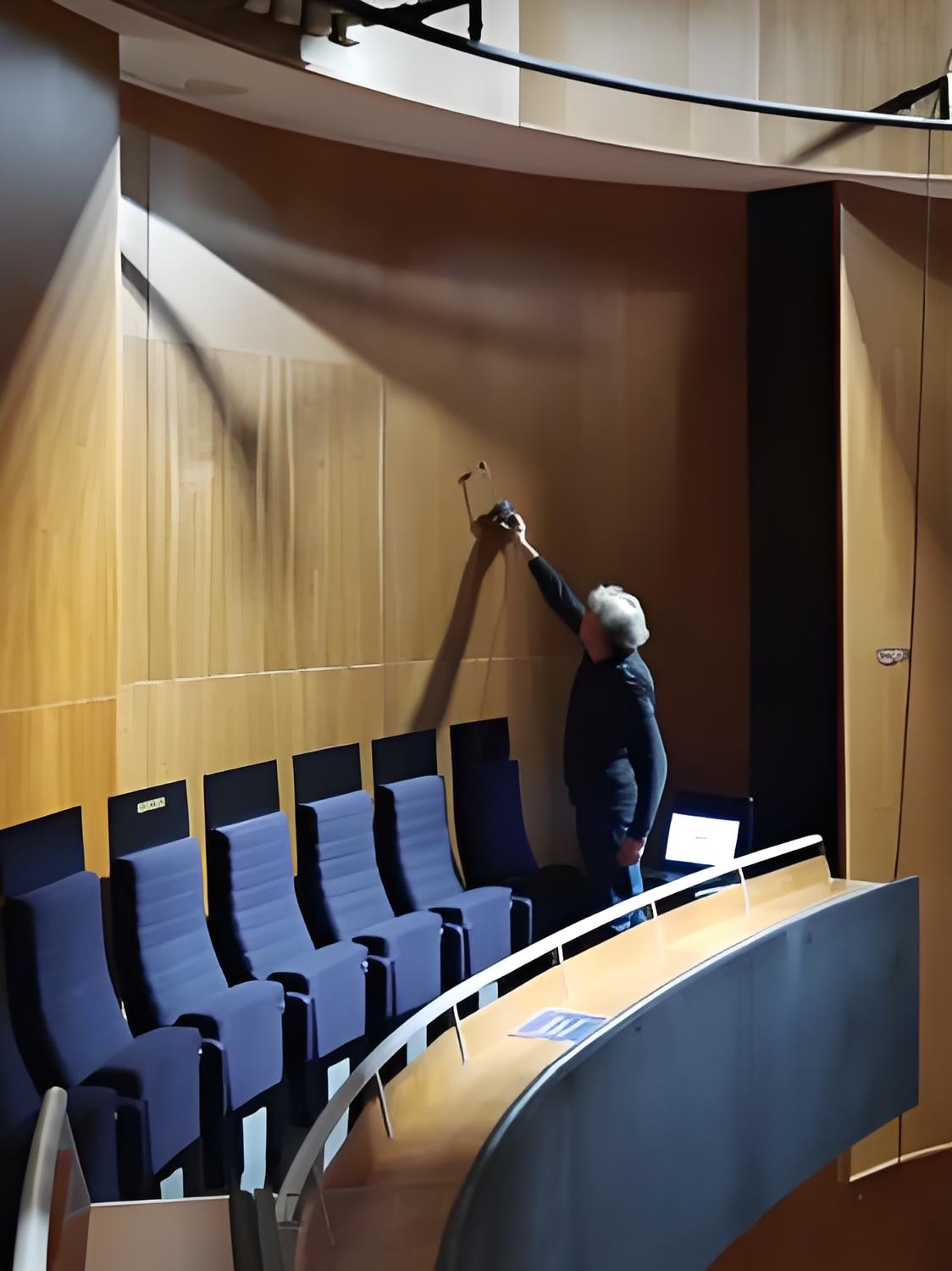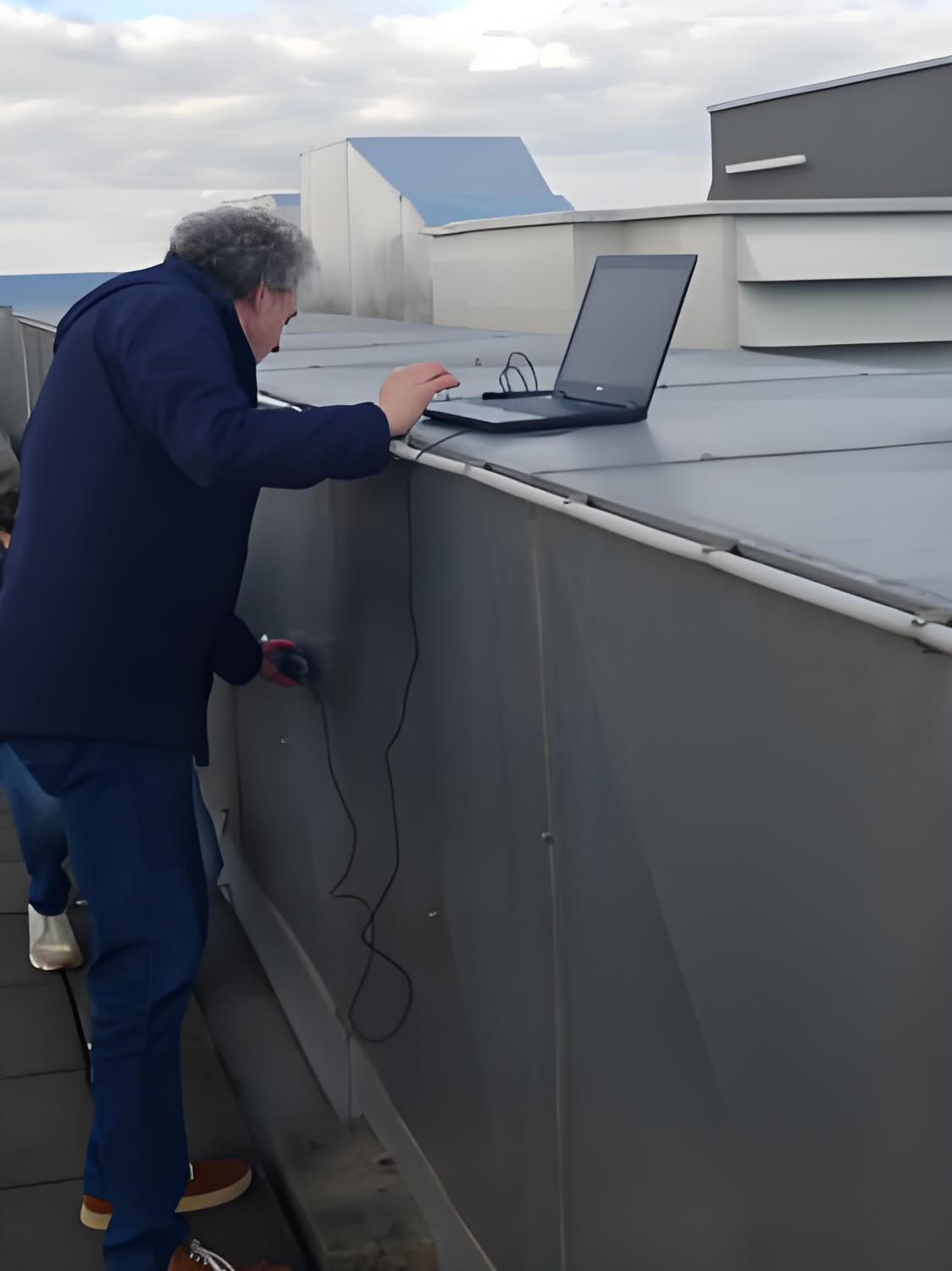

Why has on-site acoustic measurement become key to sound environment management?
Release time:
2024-11-21 15:26
Source:
On-site acoustic measurement has increasingly become a key aspect of sound environment management, mainly because it allows us to intuitively capture and analyze sound, and understand how sound propagates in our surrounding environment. This field measurement mainly includes precise measurement of sound pressure levels, analysis of sound intensity and sound power, detailed analysis of frequency and time characteristics, visualization of sound field imaging using acoustic cameras, three-dimensional sound intensity measurement technology, acoustic holography technology, measurement of material sound absorption and sound insulation performance, long-term monitoring of environmental noise, as well as acoustic navigation and positioning technologies. These technologies comprehensively cover multiple dimensions of sound intensity, frequency, time, and spatial distribution, providing strong technical support for the assessment and management of sound environments. Conducting on-site acoustic measurements is like giving a "physical examination" to the sound environment, helping us assess the quality of sound and the impact of the environment on sound, design more effective noise reduction solutions, and ensure that our acoustic designs achieve the expected results. It can also identify potential noise issues in the early stages of urban planning, avoiding future noise pollution, ensuring compliance with noise emission laws and regulations, and protecting people's health from noise disturbances.

On-site acoustic measurement is like a "detective" for the sound environment, accurately identifying the sources and propagation paths of noise, providing clues for solving noise problems. With the development of technology, we now have advanced tools like SonoCat, making on-site acoustic measurement more precise and convenient, promoting the advancement of sound environment management technology.

SonoCatis a portable multifunctional in-situ acoustic measurement device that captures and analyzes sound through a spherical microphone array. It can measure sound pressure, three-dimensional particle velocity, three-dimensional sound intensity, and three-dimensional impedance, and is particularly adept at measuring the sound absorption coefficient of materials on-site, without the need for special equipment and laboratory environments.
SonoCatUsing the "local plane wave method" technology, it decomposes the sound field into incident and reflected parts, thereby achieving precise measurement of sound absorption. The application of this technology not only improves measurement accuracy but also greatly simplifies the measurement process, making acoustic measurement more convenient and efficient.

With the improvement of environmental protection laws and regulations, such as the implementation of the "Noise Pollution Prevention and Control Law of the People's Republic of China", higher requirements have been put forward for the prevention and control of noise pollution. The advancement of on-site acoustic measurement technology, especially the application of advanced devices like SonoCat, provides a solid technical foundation for the enforcement of laws and regulations. These technologies not only greatly enhance our understanding and ability to improve the sound environment but also provide scientific and precise data support for sound environment management, making noise control and management more efficient.

With the growing demand for on-site acoustic measurement, we foresee and believe that on-site acoustic measurement technology will rapidly develop and play an increasingly critical role in future urban sound environment management, potentially leading to revolutionary progress in this field.
On-site acoustic measurement,SONOCAT,On-site sound absorption measurement,Vibration Noise Analysis,Acoustic quantity collection,Environmental Noise Control,Noise Control in Construction Projects

